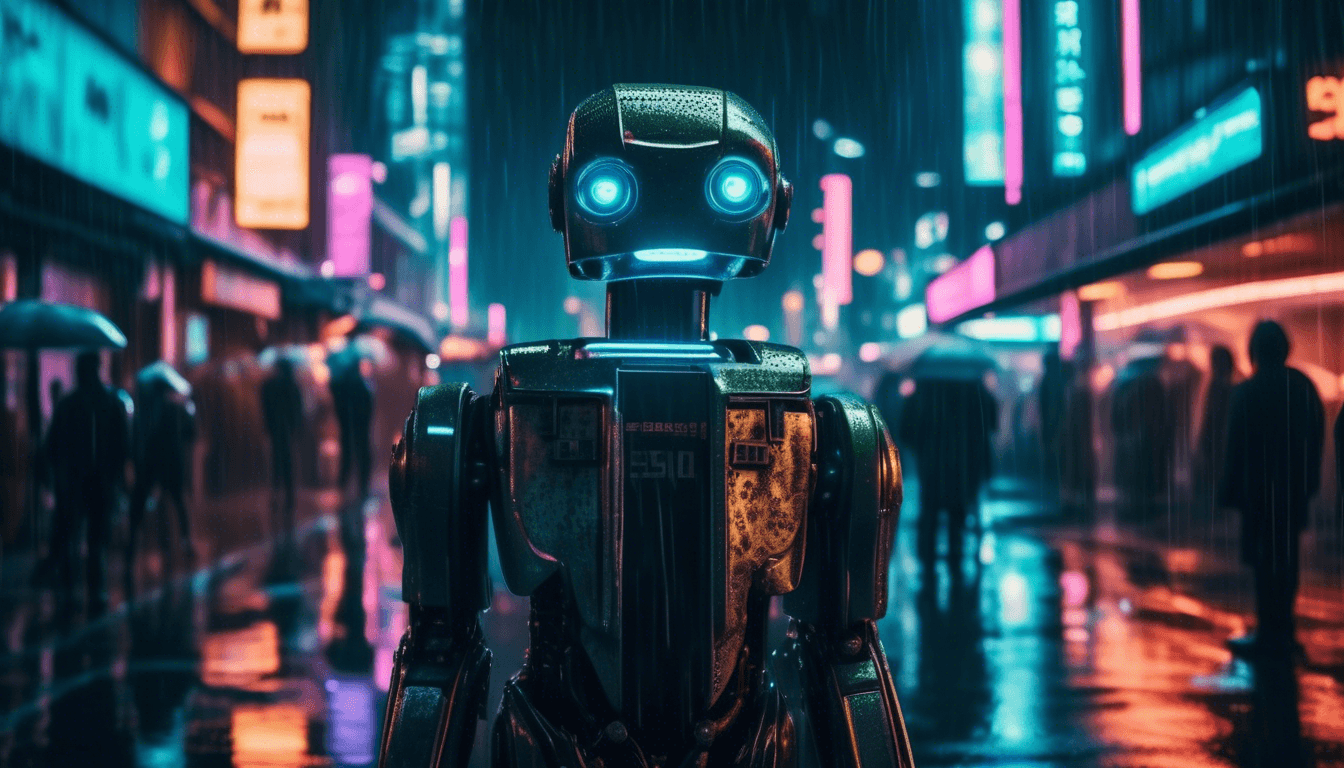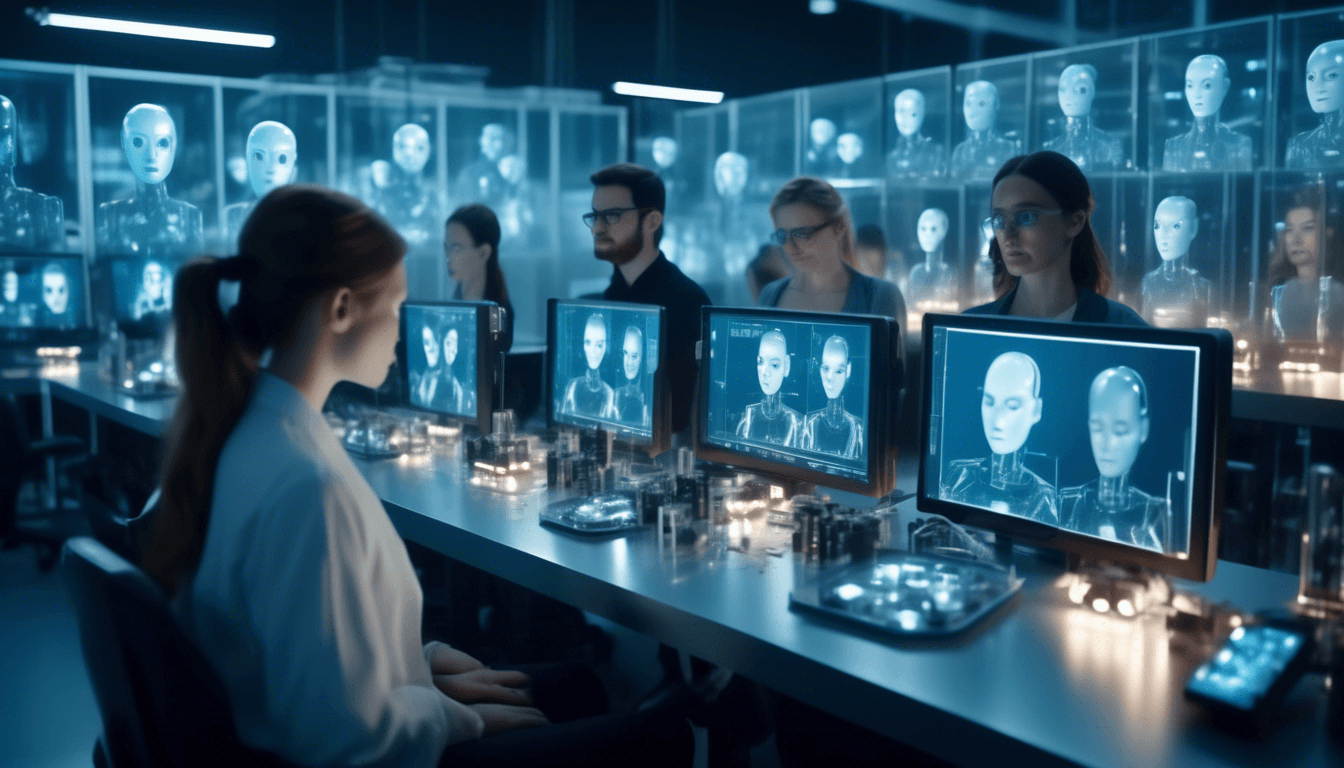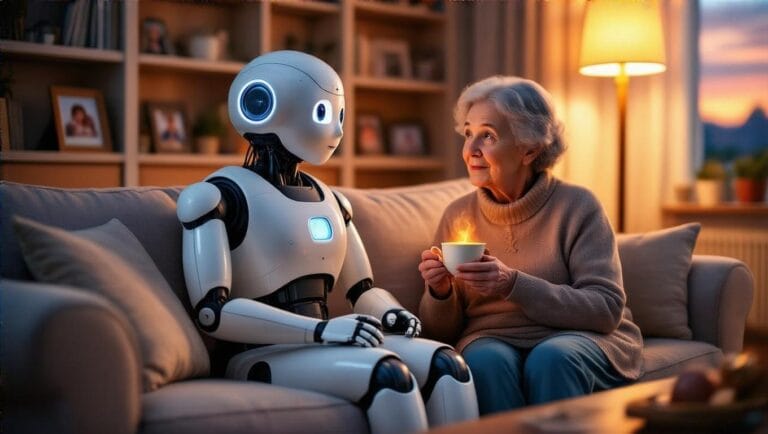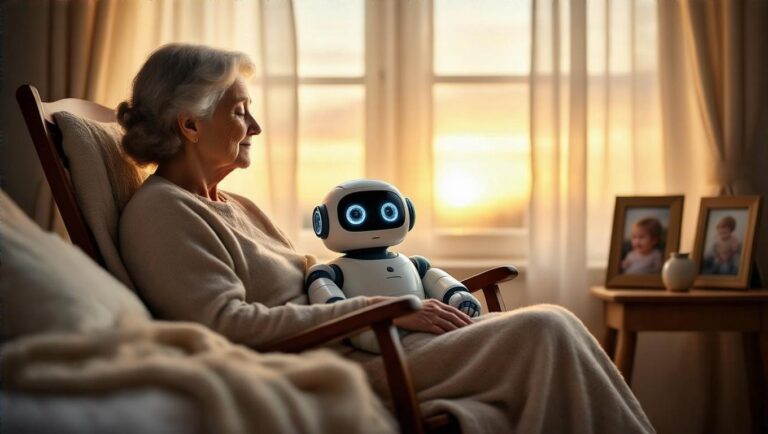Answer just a few questions and we'll have you matchedwith your perfect Companion Robot!Click now for your FREE custom report!
Facial Recognition in Companion Robots: Privacy Concerns vs. Personalization Benefits

Facial Recognition in Companion Robots: Privacy Concerns vs. Personalization Benefits
In a world where technology is advancing at breakneck speed, it’s no surprise that our robotic companions are getting smarter by the day. One of the most exciting (and controversial) developments in the field of companion robots is the integration of facial recognition technology. While this feature has the potential to revolutionize the way we interact with our artificial buddies, it also raises some serious privacy concerns. So, let’s dive into the pros and cons of facial recognition in companion robots and see if we can find a middle ground.
What is Facial Recognition in Companion Robots?

First things first, let’s define what we mean by facial recognition in companion robots. Essentially, it’s the ability for a smart robot to identify and remember individual faces. This technology uses advanced algorithms and machine learning to analyze the unique features of a person’s face, such as the distance between their eyes, the shape of their nose, and the contours of their cheekbones. Once a robot has learned a face, it can recognize that person in future interactions.
Now, you might be thinking, “That’s cool and all, but why would I want my robot to know what I look like?” Well, there are actually some pretty neat benefits to having a robot that can recognize you.
The Benefits of Facial Recognition in Companion Robots
One of the biggest advantages of facial recognition in companion robots is personalization. When a robot can identify you, it can tailor its interactions to your specific preferences and needs. For example, if you have a robot that helps you with your daily routine, it could greet you by name, remind you of your schedule for the day, and even suggest activities based on your past behavior. It’s like having a personal assistant that knows you inside and out.
Another benefit of facial recognition is improved security. If your robot can recognize you, it can also identify when someone else is trying to access it. This could be particularly useful if you have sensitive information stored on your robot, such as personal documents or financial data. With facial recognition, you can rest assured that only authorized users can interact with your robot.
The Privacy Concerns of Facial Recognition in Companion Robots

Of course, with any new technology, there are always concerns about privacy. And when it comes to facial recognition, those concerns are definitely valid. After all, our faces are one of the most personal and identifying features we have. The idea of a robot being able to recognize and remember our faces can feel a bit invasive.
One of the biggest worries about facial recognition in companion robots is data security. If a robot is collecting and storing data about our faces, there’s always the risk that this information could be hacked or leaked. Imagine if a malicious actor got their hands on a database of faces and used it for nefarious purposes, like identity theft or stalking. It’s a scary thought.
Another concern is the potential for misuse. If companion robots with facial recognition become widespread, there’s the possibility that they could be used for surveillance or tracking purposes. Governments or corporations could use these robots to monitor individuals without their knowledge or consent. It’s a slippery slope that could lead to some serious violations of privacy.
Finding a Balance

So, how do we balance the benefits of facial recognition in companion robots with the need for privacy? It’s a tricky question, but there are a few potential solutions.
One option is to give users more control over their data. Companion robots could be designed with clear opt-in and opt-out mechanisms for facial recognition. Users should be able to easily see what data is being collected about them and have the ability to delete it at any time. This would help to build trust between users and their robots.
Another solution is to have strict regulations and guidelines around the use of facial recognition in companion robots. There could be laws in place that limit how this technology can be used and who can access the data it collects. Companies that develop these robots could also be required to have robust security measures in place to protect user data.
Ultimately, the key is to find a balance between the benefits of personalization and the need for privacy. We should embrace the potential of facial recognition in companion robots while also being mindful of the risks and taking steps to mitigate them.
The Future of Facial Recognition in Companion Robots

As companion robots become more advanced and integrated into our daily lives, it’s likely that facial recognition will become an increasingly common feature. And while there are certainly concerns to be addressed, there are also a lot of exciting possibilities.
Imagine a future where your robot companion can not only recognize your face, but also read your emotions and respond accordingly. If you’re feeling down, your robot could offer words of encouragement or suggest an activity to cheer you up. If you’re stressed out, your robot could guide you through a relaxation exercise. The possibilities are endless.
Of course, this future will only be possible if we approach facial recognition in companion robots with care and consideration. We need to have open and honest conversations about the risks and benefits of this technology, and work together to find solutions that prioritize both innovation and privacy.
Conclusion

At the end of the day, facial recognition in companion robots is a complex issue with no easy answers. While the benefits of personalization and improved security are certainly appealing, we can’t ignore the potential for privacy violations and misuse.
As we continue to develop and integrate this technology into our lives, it’s crucial that we do so with a critical eye and a commitment to finding a balance between progress and protection. We should embrace the potential of facial recognition in companion robots, but we must also be vigilant in ensuring that it is used responsibly and ethically.
So, the next time you’re interacting with a companion robot that recognizes your face, take a moment to appreciate the incredible technology at work. But also remember to ask questions, stay informed, and advocate for your privacy. Because at the end of the day, it’s up to all of us to shape the future of this exciting and transformative field.



